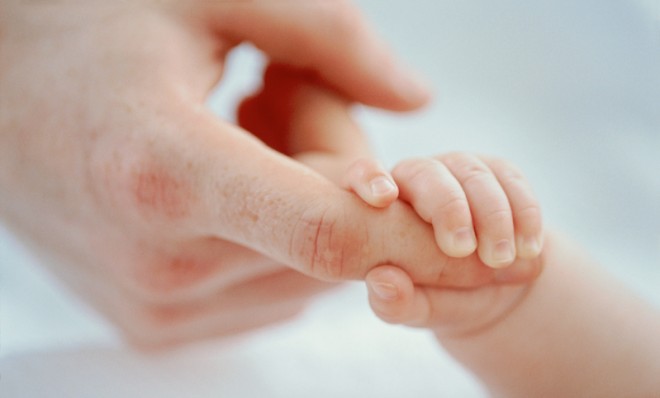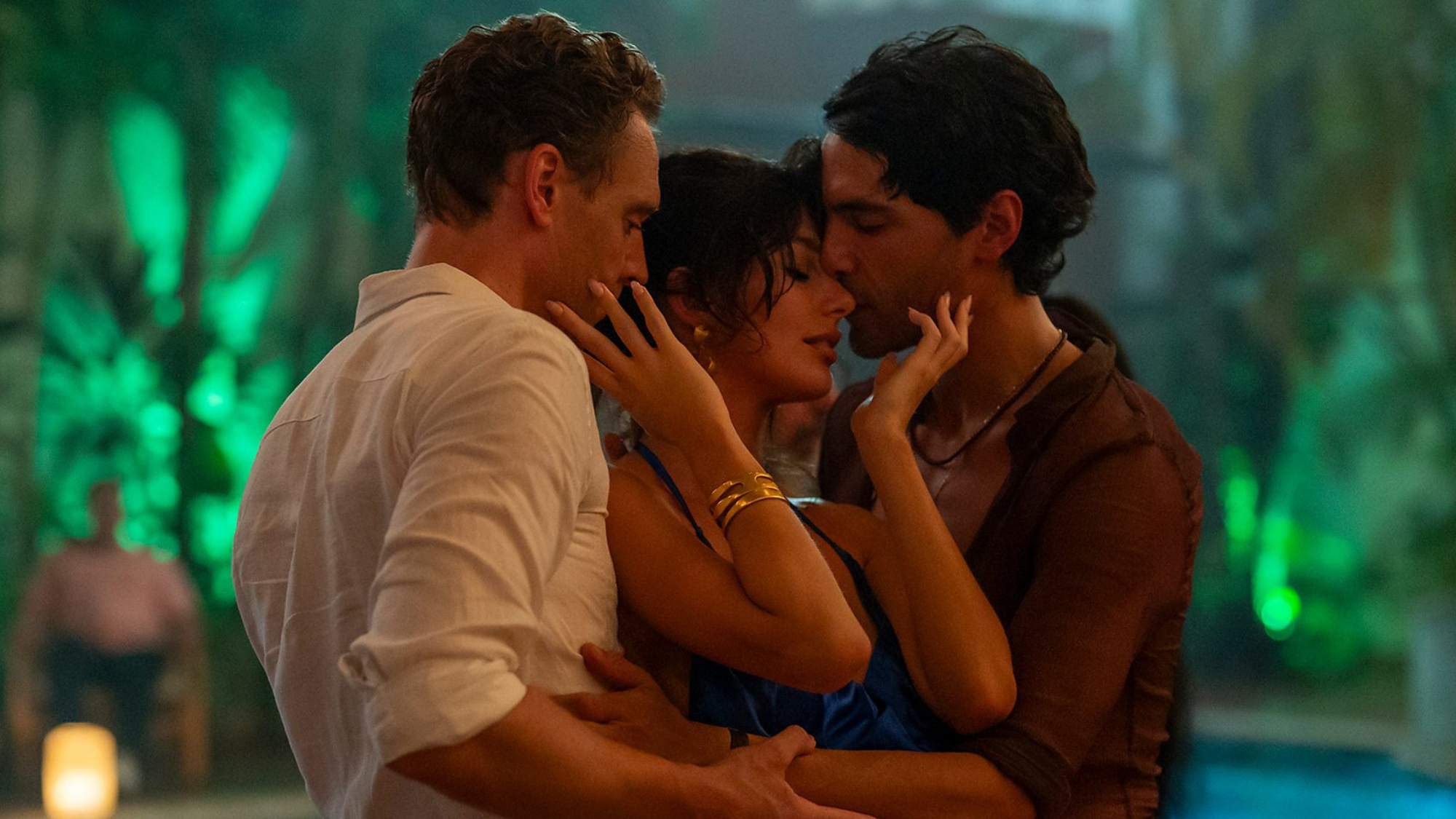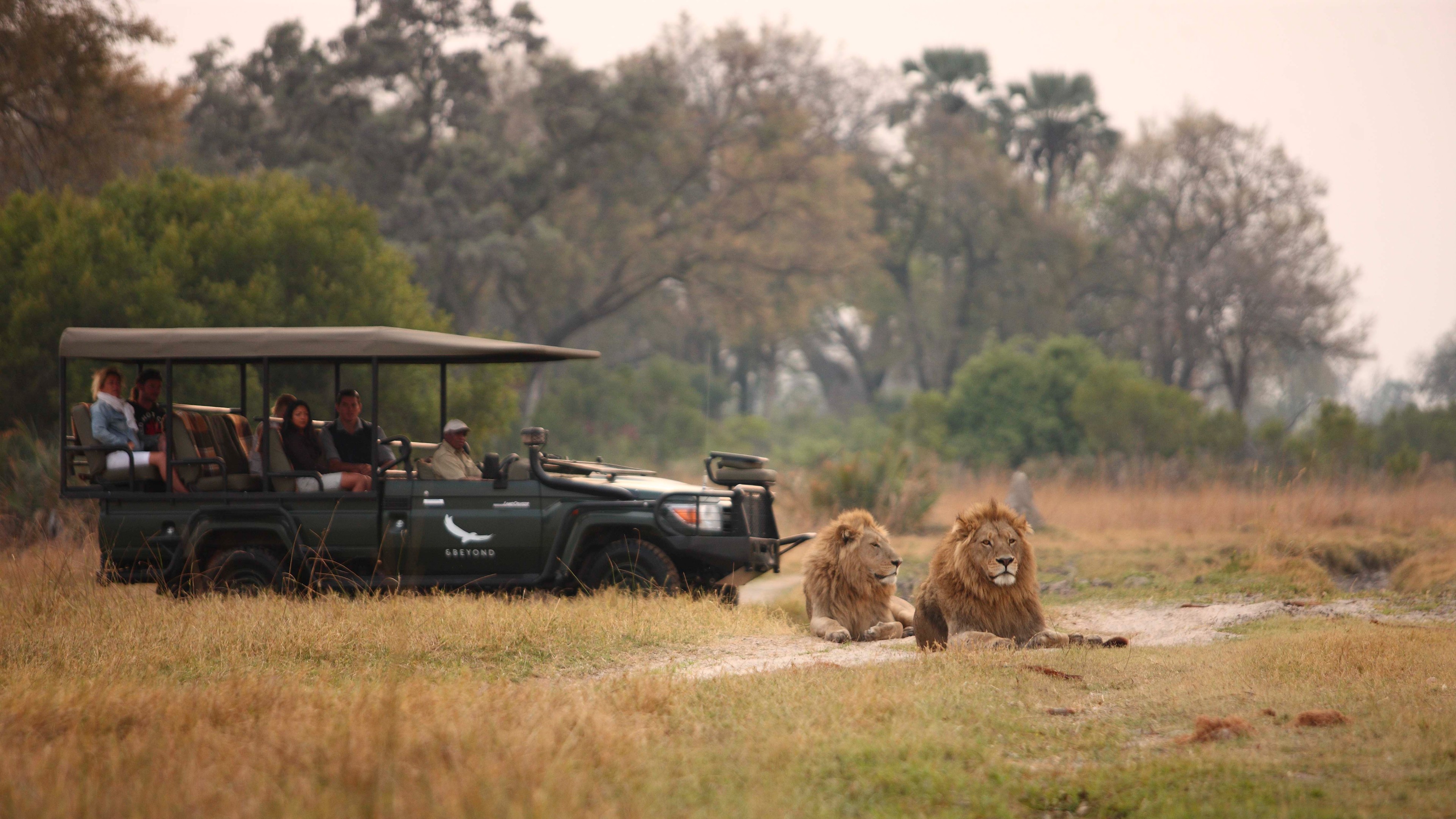6 surprising examples of human vestigiality
Goose bumps, junk DNA, and even a baby's grip of a parent's finger: All seemingly useless traits left over from human evolution


People have speculated over the nature of seemingly useless physical characteristics in living things for thousands of years. It wasn't until the late 18th and early 19th centuries, though, that the idea of vestigiality would enter the public imagination via the writings of a couple of French naturalists and pre-emptive Darwinists, Étienne Geoffroy Saint-Hilaire and Jean-Baptiste Lamarck. Darwin would, of course, go on to redefine the field of human biology some half-century later with On the Origin of Species, but it was his second book, 1871's The Descent of Man, where he listed a number of the structures we know today as vestigial for the first time, among them the appendix, tail bone, and wisdom teeth.
The German anatomist Robert Wiedersheim ultimately coined the term in his 1893 book The Structure of Man: An Index to His Past History, including 86 organs believed to be the "vestiges" of human evolution. We now understand a number of those from the Wiedersheim list to be vital (i.e., the thymus and pituitary gland), but others have emerged to take their place. Here are six of the more surprising examples of human vestigiality.
1. Goose bumps
The Week
Escape your echo chamber. Get the facts behind the news, plus analysis from multiple perspectives.

Sign up for The Week's Free Newsletters
From our morning news briefing to a weekly Good News Newsletter, get the best of The Week delivered directly to your inbox.
From our morning news briefing to a weekly Good News Newsletter, get the best of The Week delivered directly to your inbox.
Known medically as cutis anserina, goose bumps (so dubbed for the skin's resemblance to a plucked goose) are triggered reflexively by a range of stimuli, including fear, pleasure, amazement, nostalgia, and coldness. The mechanism that causes the reaction, piloerection, triggers the tiny muscles at the base of each body hair to contract, eliciting a tiny bump. The reflex played a crucial role in the fight-or-flight response of our human evolutionary ancestors, who were covered in body hair: The standing hairs could make primitive man appear larger to predators, perhaps averting the threat. When unprotected and faced with cold, goose bumps would act as added insulation, raising the hair up to create an extra layer of warmth. Though piloerection remains a useful defense for many animals (think of an annoyed porcupine or cornered cat), humans, having long ago shed the bulk of our body hair, retain it almost exclusively as an emotional response.
2. Junk DNA
This term refers to portions of our human genome for which no functional role has been discovered. Though controversial, many scientists believe that much of our DNA exists simply as remnants of some purpose long past served. Among the sequences of DNA in our bodies, a good portion of those have traces of genetic fragments called pseudogenes and transposons, indicating a defect in the strand that could've been caused by a virus or some other mutation incurred in the course of our evolutionary history. Like any vestigial structure, we retain pieces of this genetic material because it really isn't causing any trouble: Century after century, the "junk" sequence is duplicated and passed on, even if it no longer has a use.
3. Plica Semilunaris
A free daily email with the biggest news stories of the day – and the best features from TheWeek.com
This tiny fold of skin in the corner of the eye is a vestige of the nictitating membrane — essentially, a third eyelid from a time when we needed something like that. Still present in birds, reptiles, and fish, the fully functioning structure is translucent and draws across the eye lengthwise both for protection and to keep the surface moist while retaining sight. At some point primitive humans lost the use for it, but retained a small piece along with its associated muscles (also vestigial). The semilunaris is one of a handful of vestigialities that are more pronounced or prevalent in certain ethnic groups — in this case, Africans and indigenous Australians.
4. Muscles
As we've evolved, having to rely less on our physicality, a number of muscles throughout the body have lost utility, though many of us still have them. This category of vestigiality is heavily determined by ethnicity. The occipitalis minor, for example, is a thin, banded muscle at the base of the skull that functions to move the scalp. Exhibiting a wild geographical variance, all Malays are born with it, half of all Japanese, and a third of Europeans, but it's never present in Melanesians. The occipitalis joins to the auricular muscles, which once allowed us to move our ears to better hear predators, but are now pretty much nonfunctional.
Other vestigial muscles include the palmaris longus, the ropey tendon that tenses in the bottom wrist when you clench your hand; the pyramidalis in the abdomen, which 20 percent of all humans lack; and the plantaris in the leg, which still aids slightly in knee flexion, but whose contribution is so trivial that it's become better known as a tendon which surgeons commonly remove to graft into other areas of the body compromised by injury.
5. Palmar grasp reflex
If there's one thing babies are good at, it's squeezing your finger when you place it in their hand (one early study demonstrated how strong the grip can actually be). Though we do this primarily as a way to engage, the child is simply reacting to an evolutionary stimulus. When we were still covered in body hair, an infant would have used this reflex to cling to its mother's coat. This proved useful for portability and, in the case that danger had to be evaded, not having to carry the child left the mother with both hands free to escape, maybe by climbing a tree. The reflex is also active in the feet, noticeable in the way an infant's feet curl in when sitting, but both reflexes usually disappear around six months.
6. Olfaction
Let's call our sense of smell vestigialish. Though we obviously still use it every day, its function and role in humans is greatly reduced from what it once was. Animals with the most acute sense of smell are those that still rely on it for tracking food, avoiding predators, or for mating purposes. Since we now have grocery stores, no natural enemies, and OkCupid, olfaction is more of a trait of convenience at this point (though there is evidence that pheromones may play a role in human interaction). Unlike the other examples on this list, the ability to smell can still aid in survival, though, by alerting you to a toxicity that's otherwise invisible, such as a gas leak.
More from Mental Floss...
-
 The Night Manager series two: ‘irresistible’ follow-up is ‘smart, compelling’ TV
The Night Manager series two: ‘irresistible’ follow-up is ‘smart, compelling’ TVThe Week Recommends Second instalment of the spy thriller keeps its ‘pace’, ‘intrigue’ and ‘sly sexiness’
-
 11 hotels opening in 2026 to help you reconnect with nature
11 hotels opening in 2026 to help you reconnect with natureThe Week Recommends Find peace on the beaches of Mexico and on a remote Estonian island
-
 Zimbabwe’s driving crisis
Zimbabwe’s driving crisisUnder the Radar Southern African nation is experiencing a ‘public health disaster’ with one of the highest road fatality rates in the world